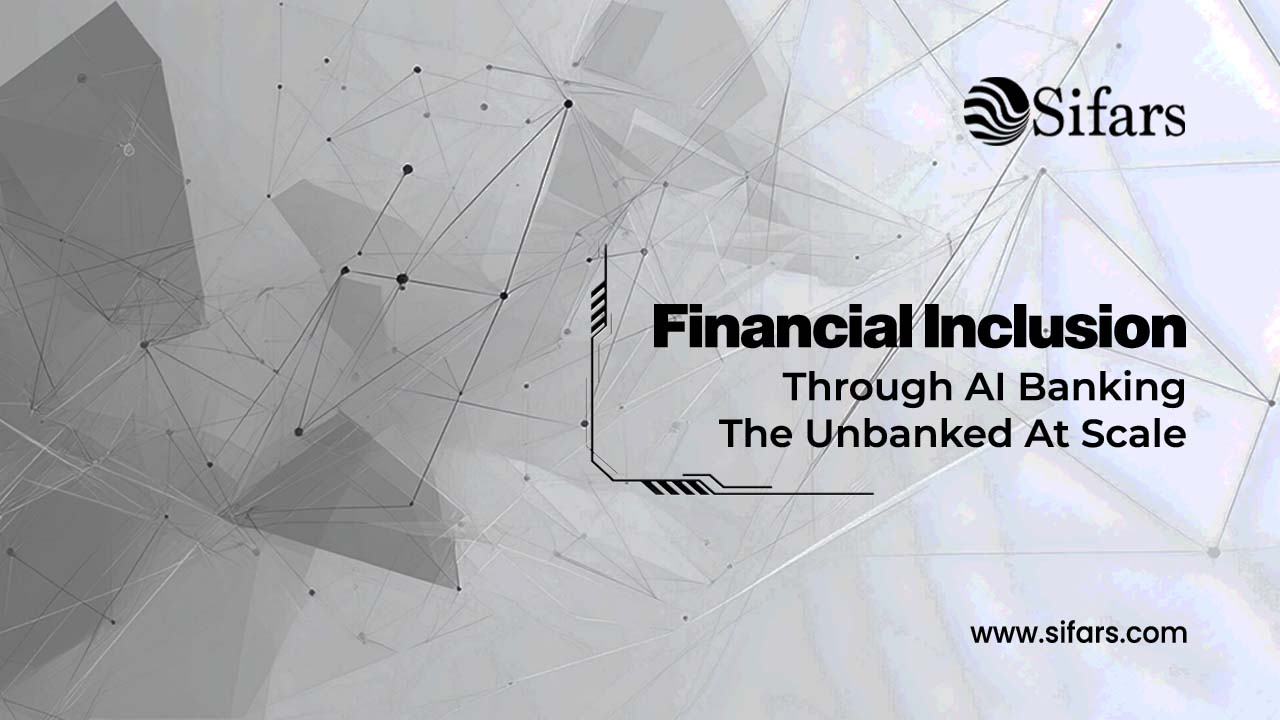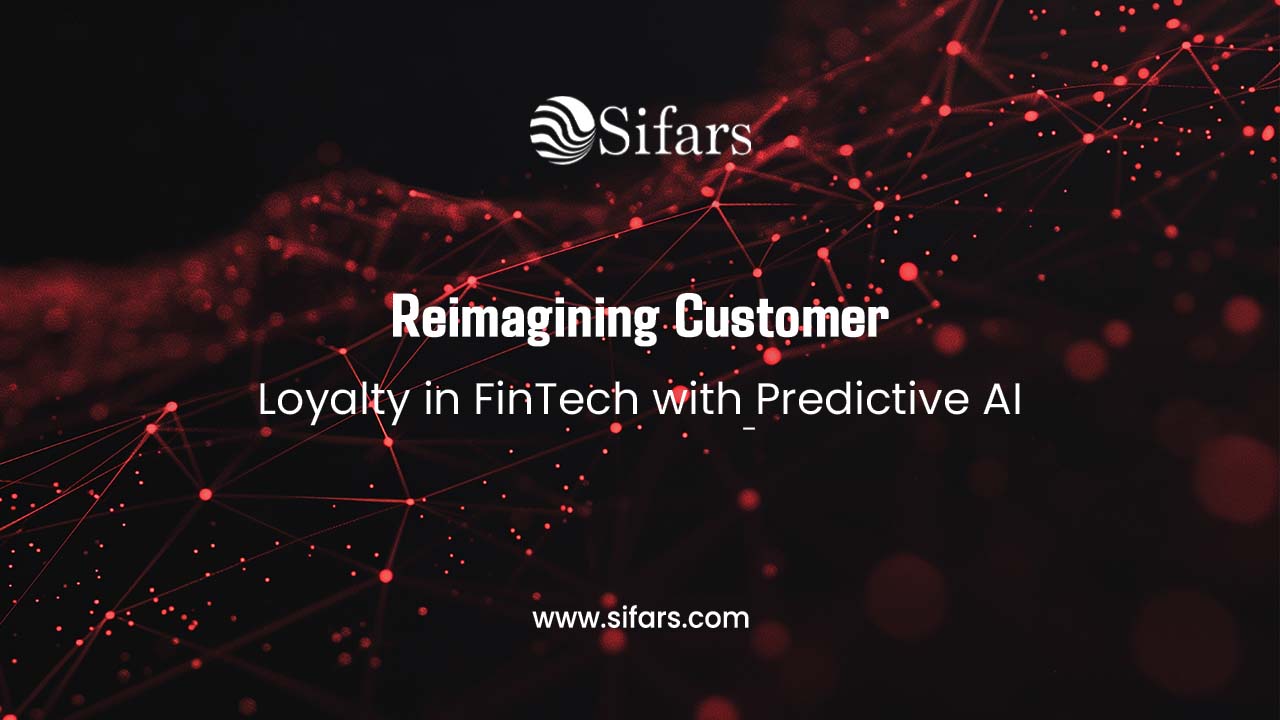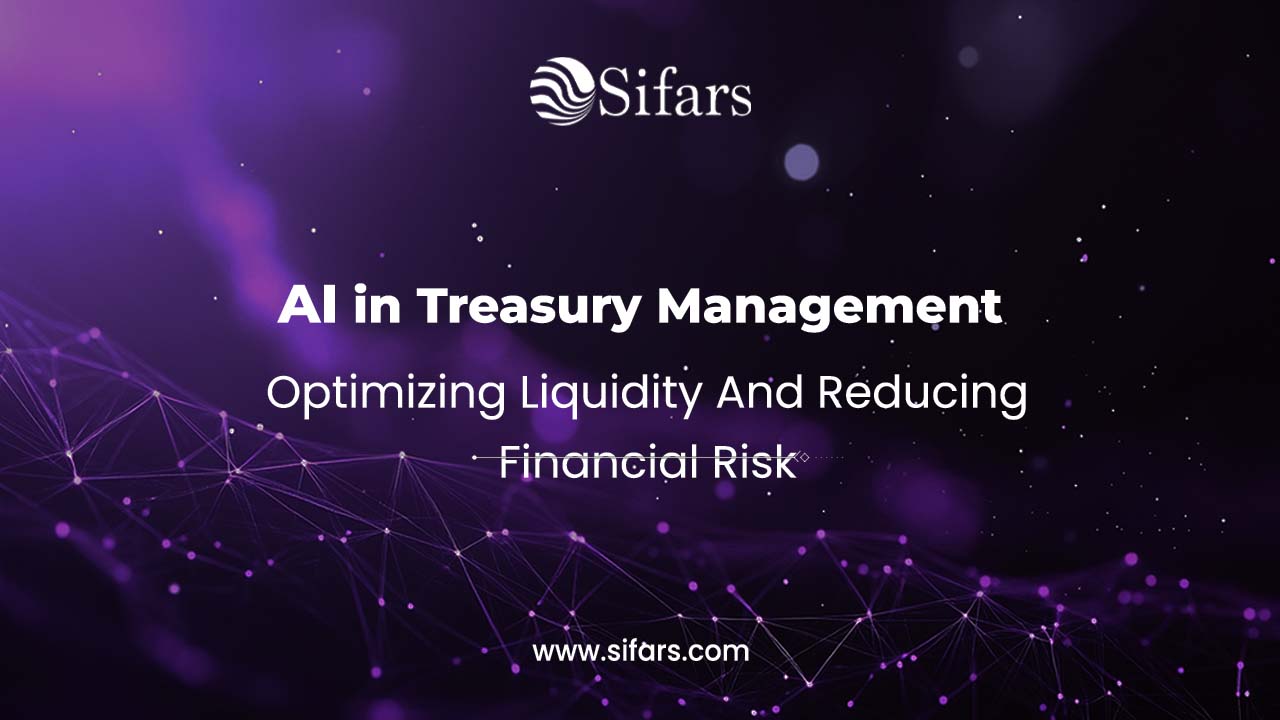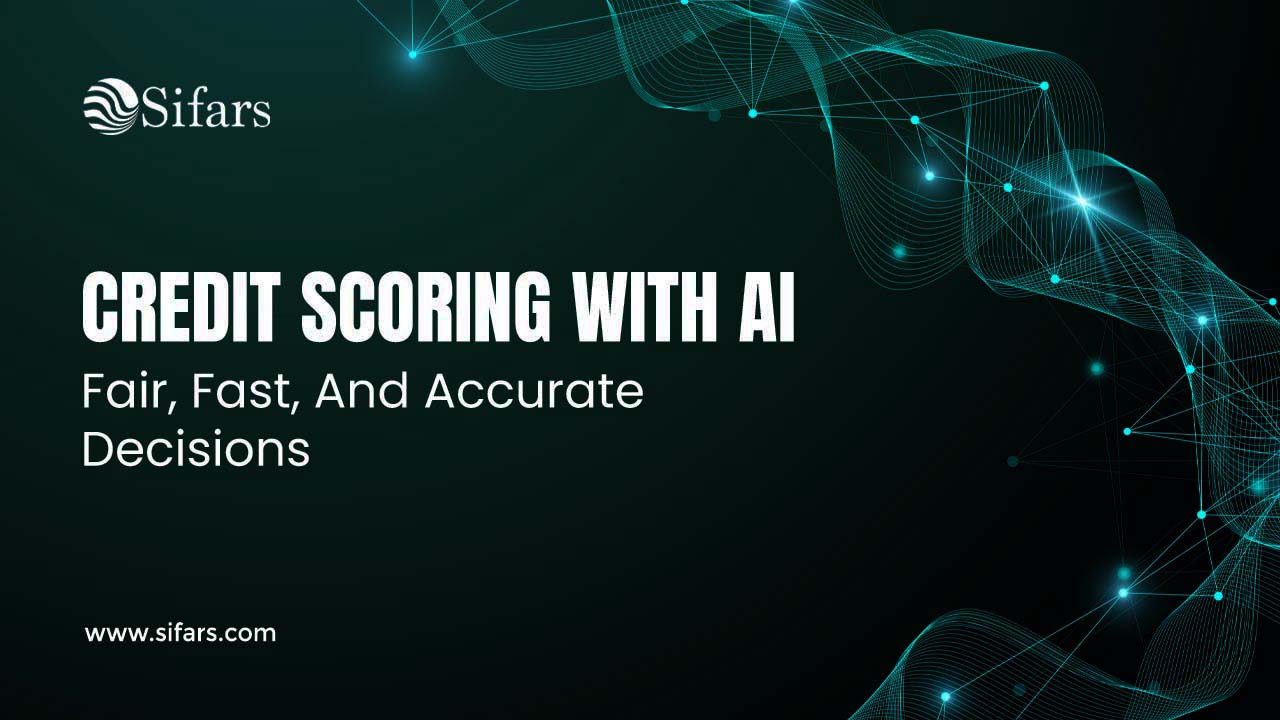AI and the Democratization of Wealth
For decades, wealth management and sophisticated investment advice were privileges reserved for the ultra-wealthy. Retail investors—everyday individuals investing in stocks, mutual funds, or retirement savings—were often left to rely on generic advice, traditional brokers, or their own limited knowledge.
But the tides have shifted. Thanks to AI solutions, the power of artificial intelligence services is no longer exclusive to large financial institutions. Today, AI empowers retail investors with personalized investment advice, predictive insights, and end-to-end wealth management automation once available only to high-net-worth individuals.
At Sifars, we believe that the integration of AI in finance is more than just a technology trend—it’s a fundamental shift toward inclusivity, transparency, and smarter decision-making. This blog explores how AI for businesses and investors is transforming wealth management, the tools driving this change, and how organizations can leverage it to thrive in a competitive market.
1. The Changing Landscape of Retail Investment
Retail investing has exploded in recent years. A combination of:
- Low-cost trading platforms (Robinhood, Zerodha, Groww)
- Increased financial literacy among millennials and Gen Z
- Accessibility of digital financial tools
…has created a new generation of investors eager to grow wealth independently.
Yet, challenges remain:
- Information overload from online financial news and social media
- Behavioral biases leading to poor decisions
- Lack of access to personalized guidance
- Risks of fraud and market volatility
Here is where AI consulting and solutions step in, enabling retail investors to move from guesswork to data-driven wealth management.
2. How AI Solutions Empower Retail Investors
2.1 AI-Powered Investment Advice
Gone are the days of “cookie-cutter” financial advice. AI algorithms analyze investors’ income, expenses, goals, and risk appetite to create personalized investment strategies. Robo-advisors like Betterment and Wealthfront are prime examples, offering tailored portfolios at a fraction of traditional advisory costs.
2.2 Predictive Analytics for Smarter Decisions
AI models evaluate historical data, market signals, and economic indicators to forecast asset performance. This allows retail investors to identify opportunities and risks earlier than manual research ever could.
2.3 Automated Portfolio Management
AI-driven platforms rebalance portfolios automatically, ensuring that an investor’s allocations stay aligned with goals, even during volatile markets. This is business automation with AI applied directly to wealth management.
2.4 Fraud Detection and Security
AI enhances cybersecurity by detecting unusual patterns in transactions and preventing fraud—critical for protecting retail investors who may not have advanced security knowledge.
2.5 Financial Education at Scale
Through chatbots and AI-driven learning tools, retail investors gain real-time answers to financial questions, empowering them with knowledge traditionally hidden behind expensive consultations.
3. Technologies Driving AI in Wealth Management
3.1 Machine Learning Models
Used to predict stock price trends, analyze investor behavior, and suggest asset allocations.
3.2 Natural Language Processing (NLP)
Helps sift through financial reports, news, and analyst insights to generate actionable summaries for investors.
3.3 Robotic Process Automation (RPA) with AI
Handles repetitive back-office tasks like compliance checks, enabling wealth management firms to scale services.
3.4 Sentiment Analysis
AI tools gauge investor sentiment by analyzing social media chatter, giving retail investors an edge in anticipating market movements.
3.5 Computer Vision
Applied in alternative data analysis—such as satellite imagery of retail parking lots or shipping activity—to forecast company performance.
4. Benefits of AI for Retail Investors
For Individuals:
- Accessibility: Personalized wealth management without high fees
- Accuracy: Reduced emotional bias through data-driven decisions
- Efficiency: Real-time updates on portfolios and opportunities
- Safety: Stronger fraud detection and compliance
For Wealth Management Businesses:
- Scalability: Serve more clients with AI-driven advisory tools
- Reduced Costs: Automating manual tasks improves margins
- Differentiation: Offering AI-powered services builds competitive edge
- Compliance: AI consulting ensures adherence to regulations
5. Real-World Applications of AI in Retail Investing
5.1 Robo-Advisors Leading the Way
Platforms like Wealthfront, Betterment, and Stash are disrupting the wealth management sector. With AI at their core, they provide affordable, automated portfolio building and retirement planning for millions of retail investors.
5.2 AI in Stock Trading Apps
Trading platforms like Robinhood and Zerodha leverage AI to provide real-time insights, automate trades, and enhance user engagement.
5.3 AI-Enabled Credit Risk Assessment
For retail investors interested in peer-to-peer lending, AI analyzes borrower risk profiles far more accurately than traditional models.
5.4 AI for ESG Investments
Retail investors increasingly want to invest responsibly. AI analyzes ESG (Environmental, Social, Governance) metrics to help them align wealth goals with values.
6. Case Studies: AI in Action
Case Study 1: Wealthfront’s AI-Driven Tax Optimization
Wealthfront’s AI identifies tax-loss harvesting opportunities in portfolios automatically, saving clients millions annually—an innovation once limited to high-net-worth investors.
Case Study 2: Ant Financial’s AI for Micro-Investments
Ant Financial (Alipay) uses AI to allow users to invest tiny amounts into diversified funds. Today, it manages billions in assets from millions of retail investors, proving that AI democratizes wealth management.
Case Study 3: JPMorgan’s AI Wealth Tools
JPMorgan offers AI-powered portfolio optimization for retail clients, ensuring that institutional-grade services are available to everyday investors.
7. Challenges in Adopting AI for Retail Investing
- Data Privacy Concerns: Sensitive financial information must be protected.
- Bias in Algorithms: Poorly trained AI may disadvantage certain investor groups.
- Over-Reliance on AI: Retail investors risk blindly following algorithms without understanding underlying risks.
- Regulatory Compliance: As AI solutions expand, ensuring adherence to evolving financial regulations is crucial.
This is why AI consulting partners like Sifars are critical—to design fair, transparent, and compliant AI-driven wealth solutions.
8. Future Outlook: Where AI is Taking Wealth Management
8.1 Hyper-Personalized Portfolios
AI will combine genomics, life expectancy, lifestyle choices, and income to create deeply personalized retirement and investment plans.
8.2 Voice-Activated Financial Assistants
Imagine managing your portfolio through an AI-powered Alexa or Google Assistant—this is already in development.
8.3 Decentralized Finance (DeFi) + AI
AI will play a vital role in managing crypto assets and decentralized finance portfolios, opening wealth opportunities globally.
8.4 AI-Powered Market Simulations
Retail investors will soon be able to run “what-if” scenarios on portfolios to see how they perform under different economic conditions.
9. The Business Case for AI in Retail Wealth Management
For financial service providers, adopting AI is no longer optional. Businesses that fail to integrate AI solutions risk losing relevance in an increasingly competitive space.
- Banks and brokerages can scale by offering AI-powered advisory services.
- Fintech startups can disrupt the market with personalized tools for retail investors.
- Wealth management firms can expand reach beyond high-net-worth clients.
The global AI in FinTech market is projected to exceed $61 billion by 2031 (Allied Market Research), highlighting the urgent need for businesses to embrace this transformation.
10. How Sifars Helps Drive AI in Wealth Management
At Sifars, we specialize in developing AI solutions for businesses across industries, with a strong focus on finance and wealth management.
Our services include:
- AI consulting for wealth management platforms and fintech firms
- Developing AI-driven robo-advisory solutions
- Implementing business automation with AI in compliance, reporting, and portfolio management
- Ensuring data security and transparency for retail investor trust
By collaborating with Sifars, financial service providers can:
- Deliver AI-powered investment advice at scale
- Build personalized wealth management experiences
- Stay ahead of competitors in the fast-growing AI in finance sector
AI as the Retail Investor’s Superpower
AI has officially leveled the playing field. What was once the privilege of the wealthy—personalized advice, predictive insights, and proactive wealth management—is now available to every retail investor with a smartphone.
For business owners, decision-makers, and fintech leaders, the message is clear: AI is not just transforming wealth management—it’s democratizing it.
At Sifars, we’re proud to drive this change by delivering artificial intelligence services that empower financial institutions and investors alike.
FAQs
1. How is AI used in wealth management?
AI is used to deliver personalized investment advice, automate portfolio management, detect fraud, and analyze market trends, making wealth management accessible and efficient for retail investors.
2. What are robo-advisors, and how do they use AI?
Robo-advisors are AI-driven platforms that create and manage personalized investment portfolios automatically, often at lower costs than human advisors.
3. Can AI solutions reduce investment risks?
Yes. AI uses predictive analytics and sentiment analysis to forecast risks, helping investors make data-driven decisions and reduce losses.
4. Why should businesses adopt AI for retail wealth management?
Businesses benefit from scalability, reduced costs, improved compliance, and enhanced customer experience by integrating AI solutions into their wealth management services.
5. How does Sifars support fintechs and financial institutions?
Sifars provides AI consulting, business automation with AI, and tailored artificial intelligence services to help businesses design secure, scalable, and future-ready wealth management platforms.
Ready to explore how AI can transform your wealth management services?
Connect with us at www.sifars.com and let’s build smarter financial solutions, together.









